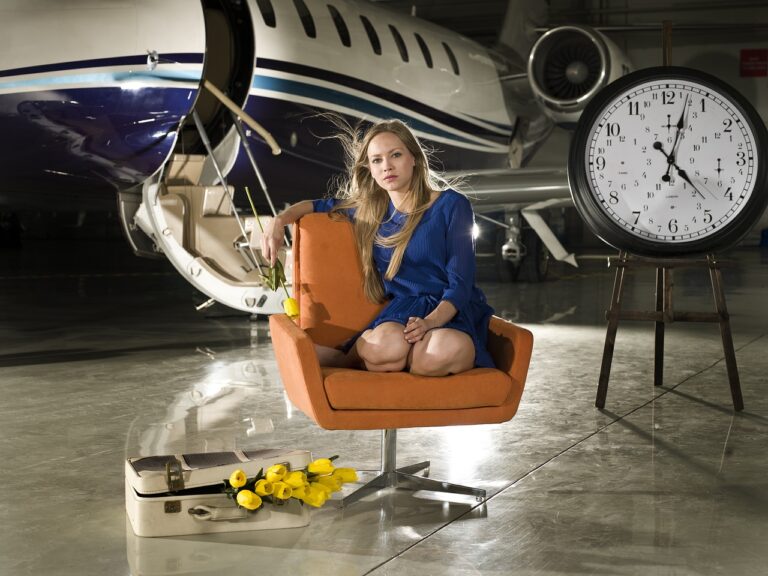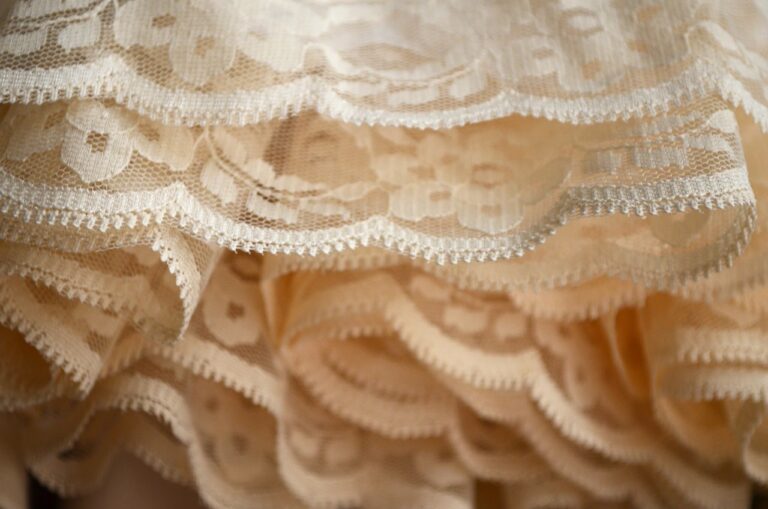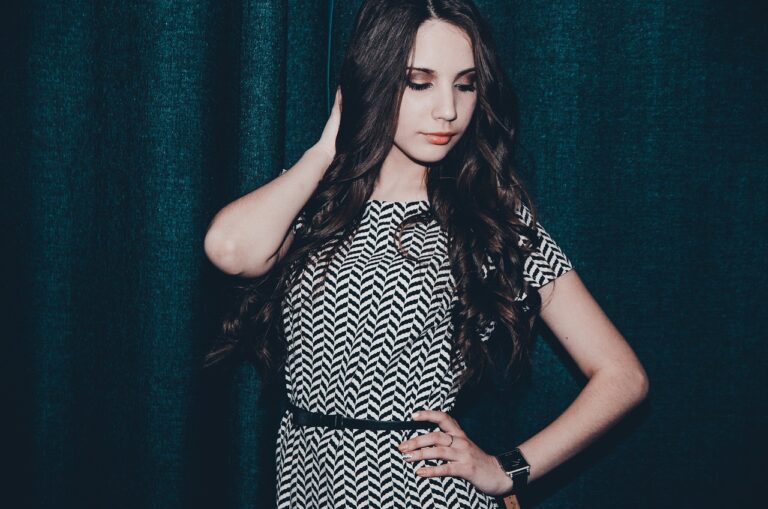Fashion and Inclusive Representation: Diversity in Fashion Advertising and Media
Advertising in fashion has a significant influence on shaping societal norms and perceptions. The images and messaging portrayed in these advertisements play a crucial role in defining beauty standards and cultural ideals. However, the lack of diversity in fashion advertising has been a longstanding issue, with many campaigns predominantly featuring a narrow representation of individuals that does not reflect the real diversity of consumers.
Consumers are increasingly demanding more inclusive and authentic representation in fashion advertising. Brands that embrace diversity and showcase a range of cultures, body types, and identities are not only meeting the expectations of their audience but are also setting a positive example for the industry as a whole. In a world that is becoming more interconnected and socially aware, the importance of inclusive representation in fashion advertising cannot be overstated.
The Impact of Diversity in Fashion Media
Diversity in fashion media plays a crucial role in shaping societal perceptions and norms. By showcasing a variety of ethnicities, body types, abilities, and gender identities, fashion media can challenge traditional beauty standards and promote inclusivity. When individuals see themselves represented in advertisements, magazines, and runway shows, they feel a sense of validation and acceptance, leading to increased self-confidence and empowerment.
Furthermore, the impact of diversity in fashion media extends beyond individual empowerment to cultural and societal change. By featuring diverse models and designers, fashion media can help break down stereotypes and foster greater understanding and appreciation for different cultures. This inclusive representation not only celebrates the richness of diversity but also promotes unity and acceptance in a globalized world.
Challenges in Achieving Inclusive Representation
One of the primary obstacles in achieving inclusive representation in fashion advertising lies in the deep-rooted societal perceptions that dictate what is considered beautiful and aspirational. Advertisers often find themselves navigating a delicate balance between meeting the demands of a diverse audience and adhering to traditional standards of beauty that have long been ingrained in the industry.
Furthermore, the lack of diversity in decision-making positions within fashion media organizations presents a significant challenge. Without diverse voices at the table, the perspectives and experiences of marginalized communities may be overlooked or misrepresented, perpetuating stereotypes and limiting the scope of representation in advertising campaigns.
• Societal perceptions of beauty and aspiration create obstacles in achieving inclusive representation
• Balancing diverse audience demands with traditional standards of beauty is a challenge for advertisers
• Lack of diversity in decision-making positions within fashion media organizations hinders progress
• Without diverse voices, marginalized communities may be overlooked or misrepresented in advertising campaigns
Why is representation in fashion advertising important?
Representation in fashion advertising is important because it reflects the diversity of the society we live in. It allows individuals from all backgrounds to feel included and represented in the fashion industry.
How does diversity in fashion media impact society?
Diversity in fashion media has a positive impact on society by promoting inclusivity and acceptance. It helps break down stereotypes and showcases the beauty of all ethnicities, body types, and genders.
What are some challenges in achieving inclusive representation in the fashion industry?
Some challenges in achieving inclusive representation in the fashion industry include outdated beauty standards, lack of diversity behind the scenes, and unconscious biases. It requires a conscious effort from brands and media outlets to prioritize diversity and inclusivity.







